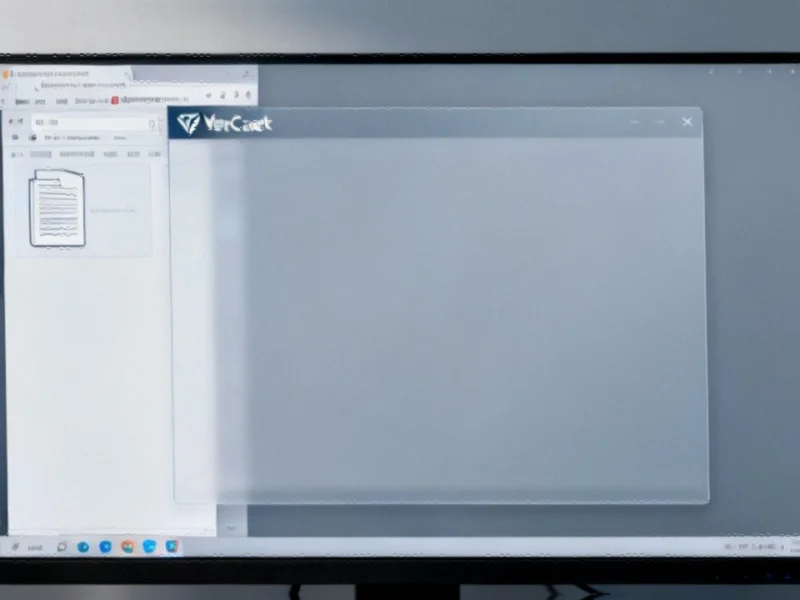The Rise of TikTok-Driven ClickFix Attacks
Cybersecurity researchers are sounding the alarm about a sophisticated malware campaign spreading through TikTok, where seemingly helpful videos are actually delivery mechanisms for dangerous information-stealing malware. Unlike traditional phishing attempts, these attacks leverage TikTok’s massive reach and visual format to appear more legitimate to unsuspecting users.
According to security experts including Trend Micro and Xavier Mertens, attackers are posting tutorials showing viewers how to “activate” popular software including Windows, Microsoft 365, and Adobe Creative Suite applications. Some videos even promote activation of non-existent product packs for services like Netflix or Spotify, demonstrating the scammers’ willingness to invent completely fictional scenarios to lure victims.
How the TikTok ClickFix Scheme Operates
The attack follows a classic social engineering pattern that security professionals have dubbed “ClickFix.” Users watching these TikTok videos are instructed to copy and paste specific commands into Windows Run dialog. What appears to be a simple software activation command is actually a malicious PowerShell script that downloads and executes Aura Stealer malware.
This technique has evolved significantly from its origins in the early 2000s, when fake virus pop-ups dominated the scam landscape. Modern ClickFix attacks now exploit users’ desire for discounted software and exclusive offers, making them particularly dangerous in industrial and professional settings where expensive software licenses might tempt users to seek unofficial activation methods.
Aura Stealer: The Hidden Threat Behind Fake Activators
Once deployed, Aura Stealer operates as a comprehensive information harvesting tool. The malware extracts passwords stored in web browsers, authentication cookies that maintain login sessions, cryptocurrency wallet data, and credentials from various applications. Xavier Mertens additionally noted that the ClickFix code downloads secondary malware payloads, though their specific purposes remain unclear.
For industrial PC users, the stakes are particularly high. Compromised systems could lead to theft of proprietary information, access to industrial control systems, or disruption of manufacturing operations. The growing sophistication of these TikTok-based attacks represents a significant escalation in social engineering tactics targeting both consumers and professionals.
Protection Strategies for Industrial Computing Environments
Industrial computing environments require heightened security measures given their critical operational roles. Organizations should implement multiple layers of protection:
- Employee education: Train staff to recognize social engineering attempts and establish clear protocols for software acquisition and activation
- Application whitelisting: Restrict executable programs to pre-approved applications only
- Network segmentation: Isolate critical industrial systems from general business networks
- Comprehensive monitoring: Implement security solutions that detect unusual PowerShell activity and unauthorized data exfiltration attempts
These security measures should be part of a broader strategy that includes keeping all systems updated with the latest patches. Recent Windows security updates have addressed critical vulnerabilities that could be exploited alongside these social engineering attacks.
The Broader Threat Landscape and Industrial Implications
The TikTok ClickFix campaign emerges amid wider developments in cybersecurity threats affecting multiple sectors. As industrial systems become more connected, they present increasingly attractive targets for cybercriminals seeking financial gain or operational disruption.
Meanwhile, parallel industry developments in other technology sectors demonstrate how innovation continues across multiple fronts. The pharmaceutical industry, for instance, has seen significant advances with new platforms that could inspire similar security-focused innovations in industrial computing.
Future-Proofing Industrial Systems Against Social Engineering
Looking ahead, industrial organizations must adopt proactive security postures that account for evolving social engineering tactics. This includes implementing zero-trust architectures, conducting regular security awareness training, and establishing clear incident response procedures.
The emergence of these TikTok-based attacks coincides with other related innovations in technology security, highlighting the continuous cat-and-mouse game between attackers and defenders. Similarly, recent technology advances in materials science demonstrate how cross-industry innovations can sometimes inform cybersecurity approaches.
Ultimately, protection against these threats requires both technological solutions and human vigilance. Industrial organizations should regularly review their security posture, stay informed about emerging threats, and foster a culture of security awareness that extends from the factory floor to the executive office.
This article aggregates information from publicly available sources. All trademarks and copyrights belong to their respective owners.
Note: Featured image is for illustrative purposes only and does not represent any specific product, service, or entity mentioned in this article.



